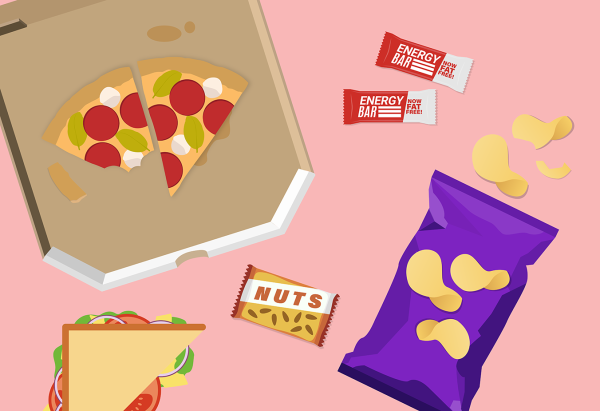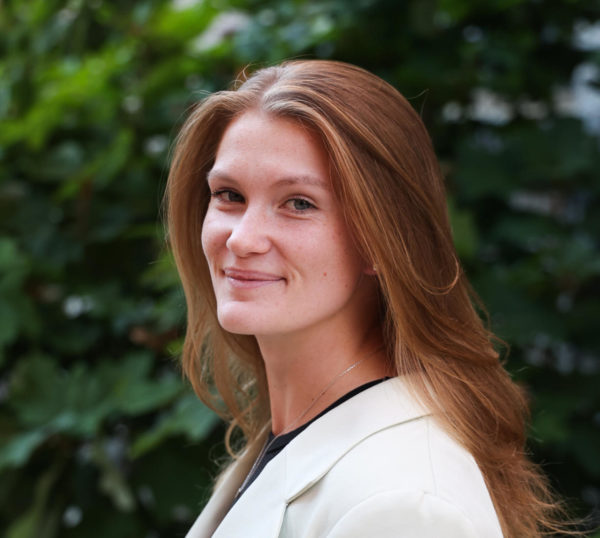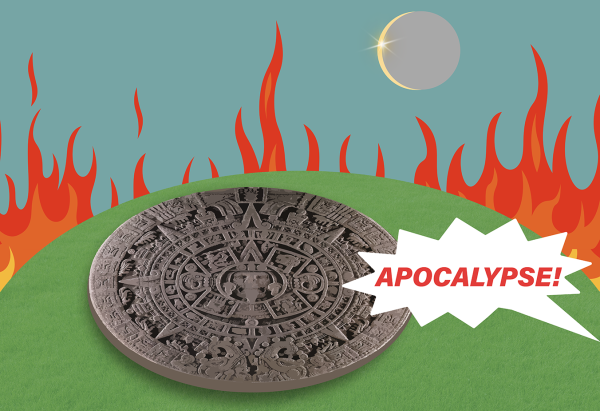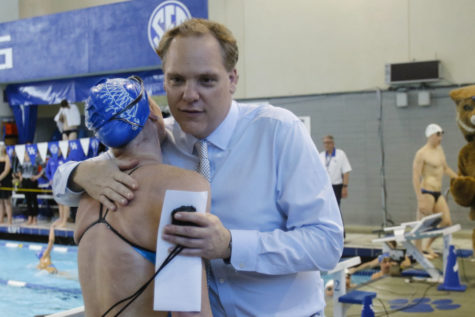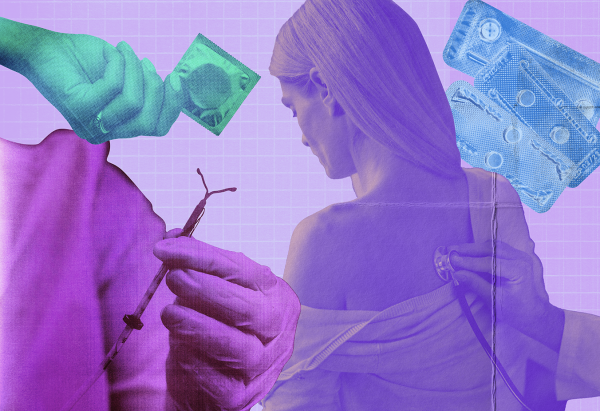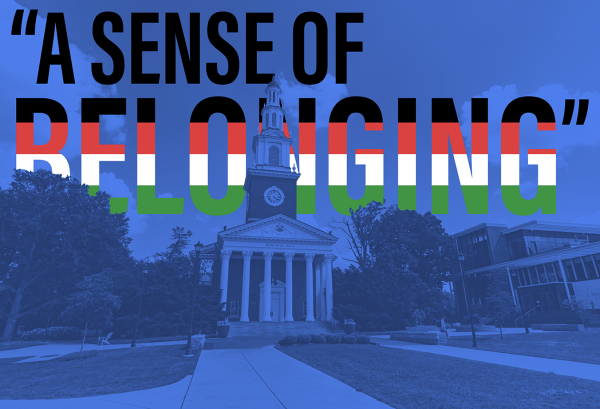What’s the ‘it’ factor that creates an influencer?
January 31, 2023
For many, being a social media influencer is a full-time job. But what decides the next big social media star?
Influencers usually get big from a specific post that goes viral. From there, they use their popularity to grow an even larger audience.
YouTube is the reason for many influencers’ fame, including Emma Chamberlain, who is listed as one of the top 25 internet influencers by Time magazine.
Chamberlain got her claim to fame on her YouTube channel while she was still in high school, utilizing comedic editing and relatable, casual content. She changed the way YouTube and social media was approached, creating a more casual atmosphere.
She refused to change herself for the internet, and grew with it rather than conforming. Chamberlain has since created her own coffee line and podcast without her fame diminishing.
When TikTok was created, it opened up an entirely new world of influencers.
Charli D’Amelio and Addison Rae were two of the very first influencers to make a name on TikTok. Their popularity grew into an entire house worth of internet personalities called “The Hype House.”
I don’t know much about D’Amelio, Rae or the Hype House group. I tried to stay away from that side of TikTok. But I know that it grew a fan base large enough to have a reality show created on Netflix and caused some serious tabloid drama.
Recently, a new influencer has risen to stardom: Alix Earle.
Earle is a 22 year-old senior at the University of Miami. She went viral with her “get ready with me” videos, taking viewers through her makeup routine and day-to-day life.
Earle, like Chamberlain, blew up so quickly because of her relatable content and casual personality. Each personality has a different view of “relatable,” drawing slightly different audiences.
Earle’s makeup routine started a trend, with the highlights being white eyeliner and bronzing drops. She takes her viewers with her to parties and events, highlighting the social aspects of college and party culture.
Chamberlain focused more on solitude and vlogging her life while talking about anything that comes to mind.
Despite the difference in niches, both girls have already grown or are growing a huge following.
So this begs the question of why do some become influencers and others don’t? What’s the ultimate deciding factor?
First, it’s important to look at the current trends and culture. When Chamberlain became famous, everything was about “VSCO girls,” hydroflasks and coffee with oat milk. Chamberlain fed into the trends, making them grow even more.
Earle follows current fashion trends to a tee: cut outs, matching sets and low rise pants all live in her closet. Her makeup is natural-glam and her lip fillers top it all off.
The casual content is vital. When internet personalities share more of a glimpse into their life, it makes them much more relatable. I think a lot of people see a vision of what they want to dress like, look like or be like and follow an influencer who embodies that as inspiration.
But the type of influencers can be exclusive.
For instance, there were no Black influencers on Forbes highest-paid influencers list. The largest influencers on any social media platform are predominantly white.
Other trends I’ve noticed are influencers coming from privileged backgrounds and conforming to societal beauty standards.
I don’t think there’s anything wrong with coming from a privileged background as long as it doesn’t become a bragging point or create selfish behavior. But it’s important to point out the exclusivity of influencer culture.
And naturally fitting beauty standards isn’t a fault but an observation. Those who gain a following quickly usually adhere to these unspoken rules.
I find no fault with influencers like Earle and Chamberlain who stumbled upon fame. I hope that future trendsetters come from a variety of backgrounds, ethnicities and identities.









































































































































